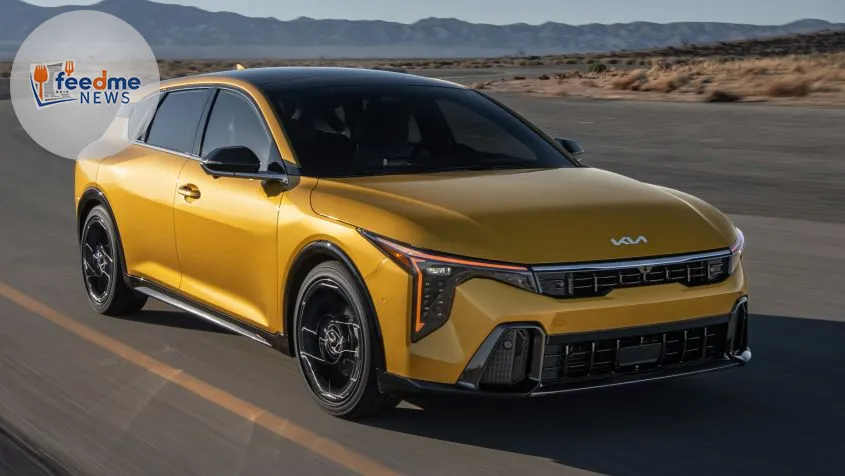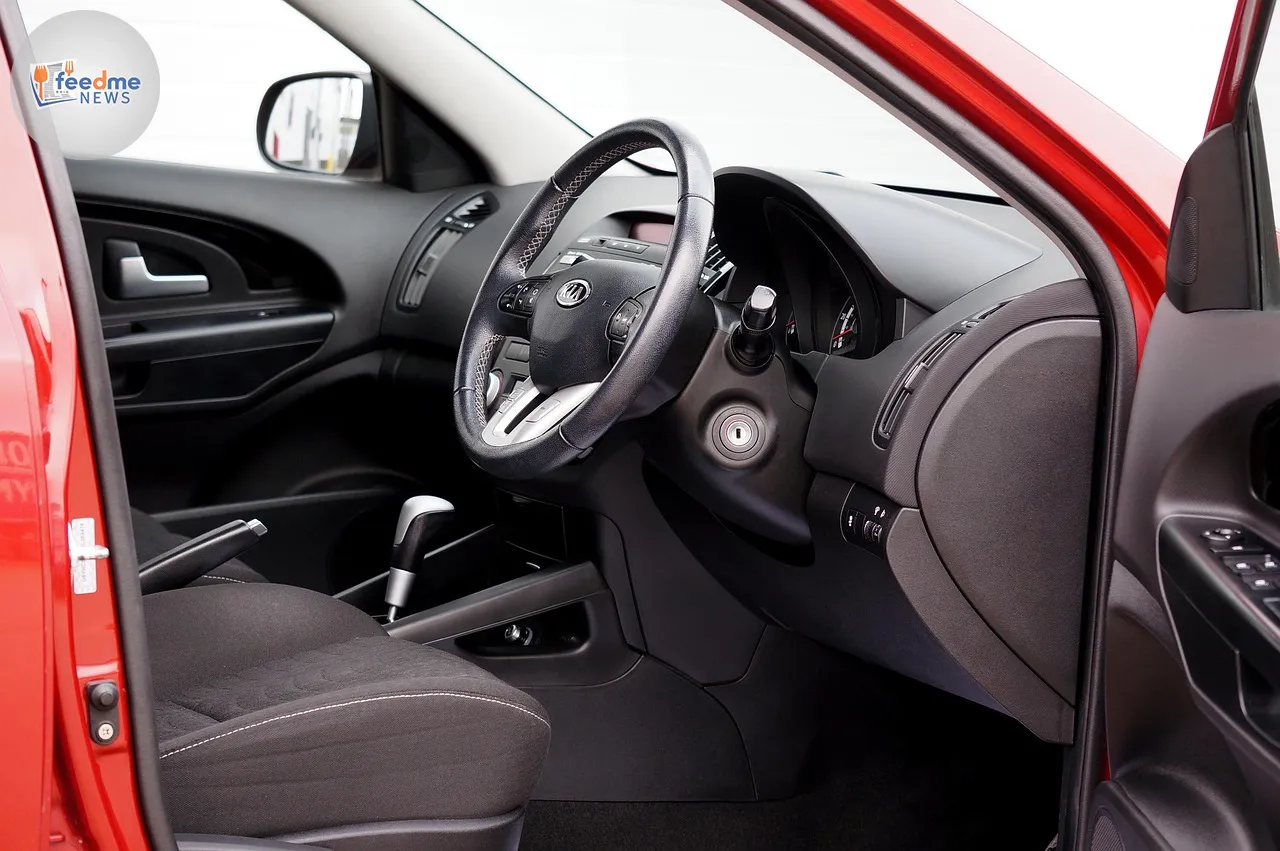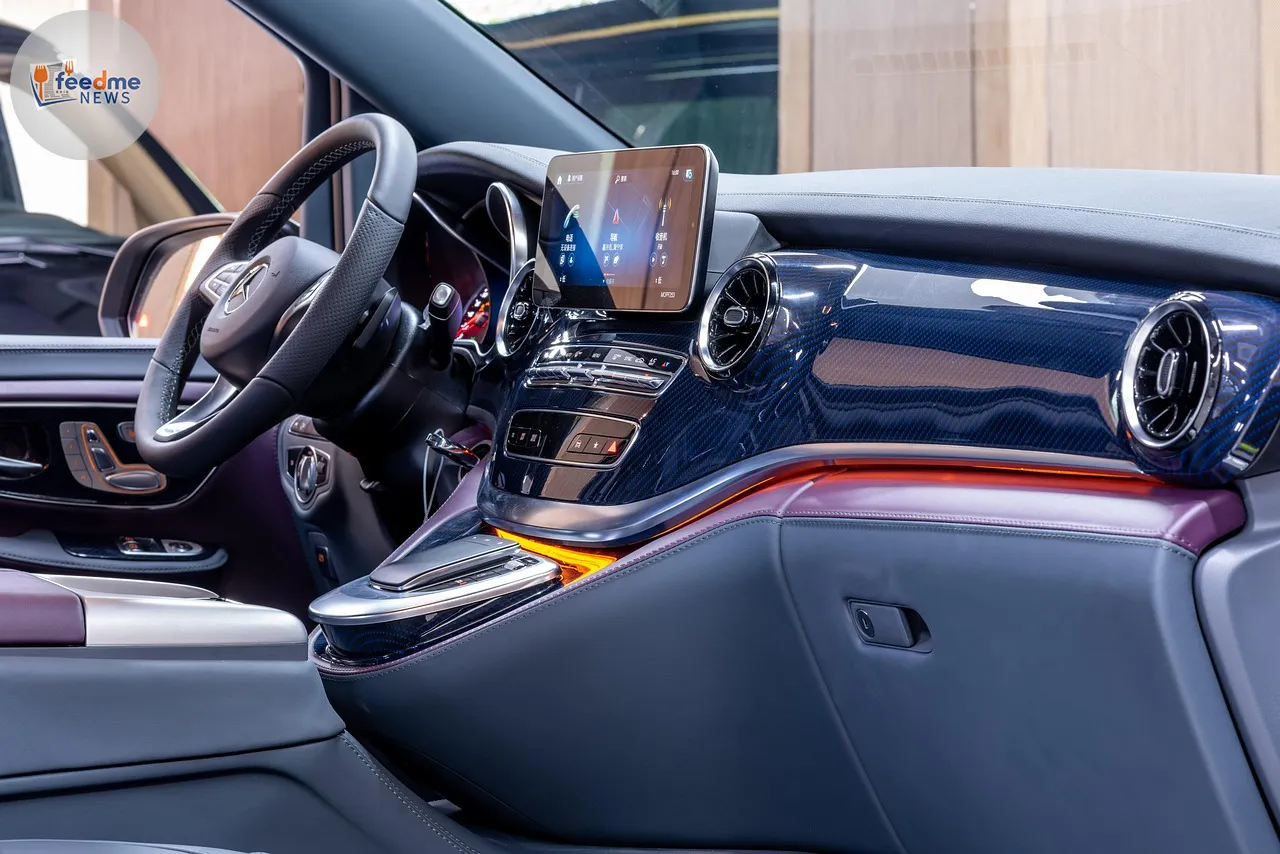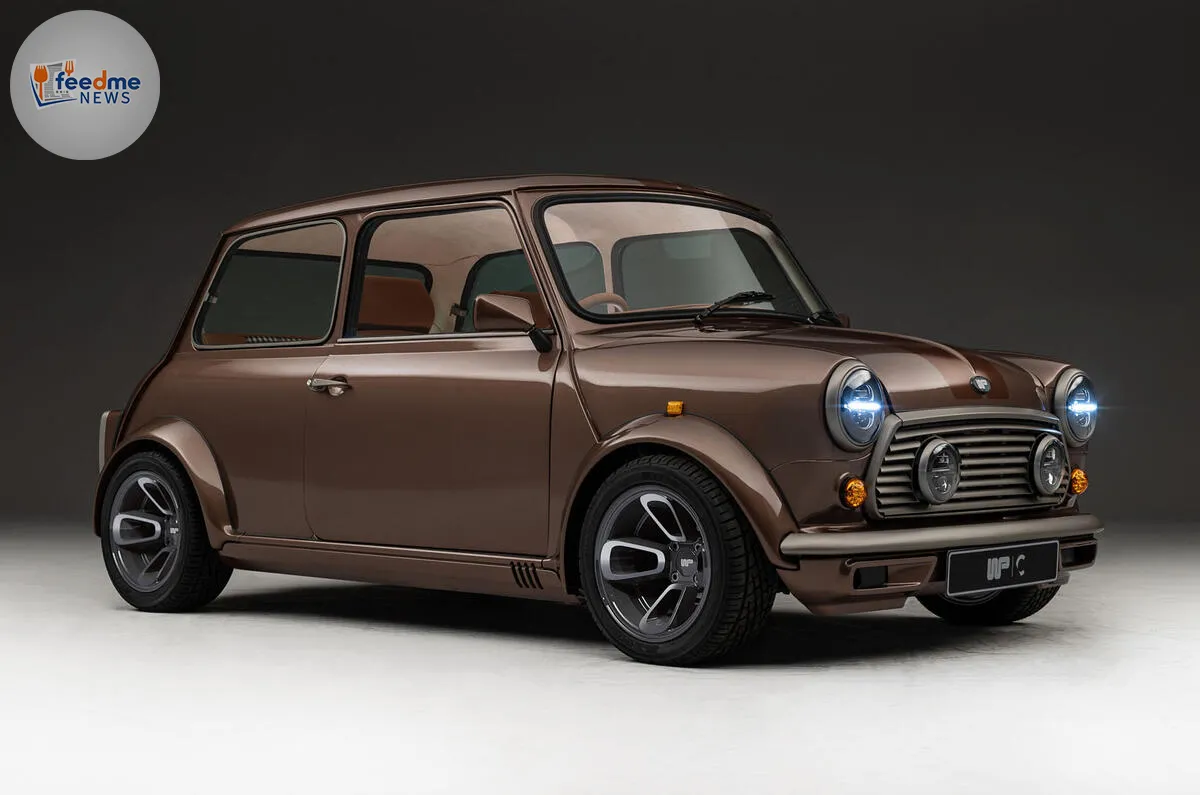Kia has unveiled its latest contender in the global hatchback market, the 2025 Kia K4, at the New York Motor Show. With a distinctive design and powerful petrol engines, the K4 aims to compete directly with the popular Volkswagen Golf. Initially targeting North America, Asia, and the Middle East, the K4 may soon extend its reach to European markets, potentially replacing the Kia Ceed.
A Global Launch with European Aspirations
The Kia K4 is set to make its debut in North America by late 2025, with plans to expand to Asia and the Middle East. The vehicle will be available as both a Skoda Octavia-style liftback and a traditional five-door hatchback. Measuring 279mm shorter than its saloon counterpart, the hatchback offers a compact yet sporty alternative for consumers.
Despite Kia UK’s current stance, which suggests no immediate plans for a European release, the K4’s presence near Kia’s engineering centre in Russelsheim, Germany, hints at potential European market testing. The strategic decision to introduce the K4 in Europe would align with Kia’s broader market objectives if the demand for EVs remains below expectations.

Engine Options and Performance
Under the bonnet, the Kia K4 offers two petrol engine options: a 147bhp 2.0-litre and a more robust 190bhp 1.6-litre turbocharged variant. Both engines promise a dynamic driving experience, enhanced by the GT-Line and GT-Line Turbo variants, which feature sport-tuned suspension for improved handling. This focus on performance highlights Kia’s commitment to delivering a hatchback that meets the needs of driving enthusiasts.
Kia’s decision to stick with petrol engines for the K4 comes amid fluctuating demand for electric vehicles (EVs). This strategy allows Kia to cater to markets where EV infrastructure and consumer interest are still developing, ensuring the K4 remains a viable option for a broad audience.
The Kia Ceed’s Future and Market Dynamics
The Kia Ceed, launched in 2018, continues to perform well in Europe, despite the increasing popularity of SUVs. Sales figures for the larger Kia Sportage, which reached 87,164 units, underscore the shift towards larger vehicles. However, with the Ceed’s typical eight-year product cycle nearing an end in 2026, Kia has yet to announce plans for a next-generation model.
The new EV4, an electric vehicle with dimensions similar to the Ceed, represents Kia’s push towards electrification. However, slower-than-expected EV sales growth in Europe may necessitate a combustion-engine successor to the Ceed. This scenario strengthens the case for introducing the K4 to fill the potential gap in Kia’s lineup.
Hybrid Prospects and Future Developments
While the K4 currently lacks a hybrid option, Kia’s global strategy includes adding more hybrid models to manage EV demand fluctuations. The company plans to introduce nine new hybrid vehicles by 2028, spanning most major model lines. This commitment suggests that a hybrid version of the K4 could be on the horizon, enhancing its appeal in markets transitioning towards greener technologies.
Kia’s flexibility in adapting to market demands highlights its strategic foresight. By offering a mix of petrol, hybrid, and electric vehicles, Kia positions itself to cater to diverse consumer preferences and regulatory environments across the globe.
Looking Ahead: Kia’s Strategy in a Shifting Market
As Kia navigates the evolving automotive landscape, the K4 represents a strategic move to maintain a strong presence in the competitive hatchback segment. The potential introduction of the K4 in Europe could offer a timely solution as the market adjusts to changing consumer preferences and regulatory pressures.
Kia’s proactive approach in expanding its hybrid offerings, while continuing to produce appealing petrol models like the K4, underscores its commitment to meeting global automotive demands. As the industry grapples with the pace of electrification, the K4 stands as a testament to Kia’s adaptability and forward-thinking strategy.





